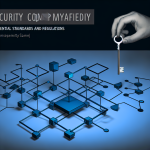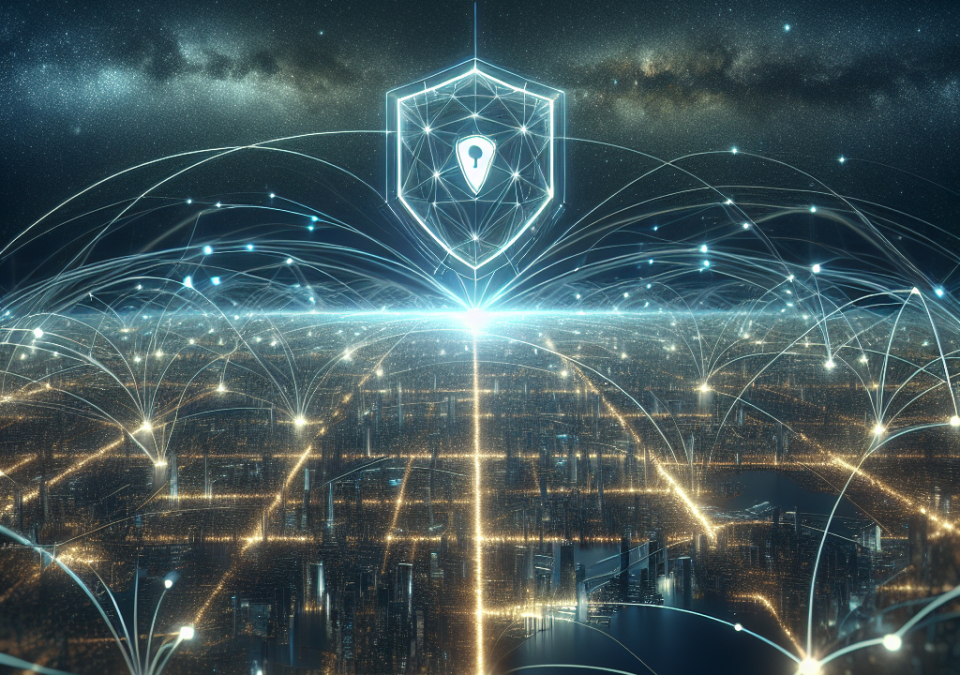
The ABCs of Security Compliance: What Every Organization Should Know
July 20, 2025
Security Compliance Demystified: Essential Standards and Regulations
July 21, 2025
In an era where technology permeates every facet of our lives, the importance of cybersecurity has never been more paramount. With cyber threats evolving at an unprecedented pace, innovative strategies and solutions are imperative for protecting sensitive data and maintaining the integrity of digital infrastructures. As we look toward the future, we must navigate the next frontier in cybersecurity innovations to safeguard our digital landscape.
The Changing Threat Landscape
Cybersecurity threats are no longer limited to a few malicious hackers working in isolation. Today, organizations face a diverse range of threats, from sophisticated state-sponsored attacks to opportunistic cybercriminals. Ransomware, phishing schemes, and data breaches are commonplace, leading to substantial financial losses and reputational damage for businesses worldwide.
The rapid expansion of the Internet of Things (IoT), cloud computing, and artificial intelligence (AI) has further complicated the cybersecurity landscape. Each new device and application introduces potential vulnerabilities, creating a need for robust security measures that adapt to an ever-changing environment.
Emerging Technologies in Cybersecurity
-
Artificial Intelligence and Machine Learning:
AI and machine learning are transforming the cybersecurity landscape. These technologies can analyze enormous datasets to detect anomalies and potential threats in real-time. Advanced algorithms learn from historical data, enabling systems to predict and prevent attacks before they occur. Automation of threat detection reduces response times, allowing organizations to act swiftly and decisively against emerging threats. -
Zero Trust Architecture:
The traditional perimeter-based security model is becoming obsolete. Zero Trust Architecture (ZTA) operates on the principle that no user or system should be trusted by default, regardless of their location. This model requires continuous verification and limits lateral movement within a network, significantly reducing the risk of data breaches and unauthorized access. -
Extended Detection and Response (XDR):
XDR integrates multiple security solutions into a unified platform, providing a holistic view of an organization’s security posture. By correlating data from various endpoints, networks, and servers, XDR enhances threat detection and response capabilities, allowing security teams to respond to incidents with greater efficiency and effectiveness. -
Blockchain Technology:
Although predominantly known for its role in cryptocurrencies, blockchain technology offers immense potential for enhancing cybersecurity. Its decentralized nature ensures data integrity and transparency, making it challenging for malicious actors to alter or manipulate records. Applications in identity verification and secure transactions can drastically reduce the risk of fraud and data breaches. - Quantum Computing:
While still in its infancy, quantum computing poses both challenges and opportunities for cybersecurity. The computational power of quantum systems threatens to break traditional encryption methods, necessitating the development of quantum-resistant algorithms. Organizations must prepare for this inevitable shift, ensuring their security measures evolve alongside emerging technologies.
Challenges Ahead
Despite these promising innovations, several challenges persist. The cybersecurity skills gap remains a significant hurdle, with a shortage of qualified professionals hindering organizations’ abilities to implement advanced security measures effectively. Continuous training and education will be essential to equip the next generation of cybersecurity experts with the skills needed to combat evolving threats.
Furthermore, regulatory compliance poses a challenge as organizations navigate a complex web of evolving laws and standards, such as the GDPR and the CCPA. Consensus on best practices and regulatory frameworks will be necessary to ensure that innovations in cybersecurity can be adopted universally and effectively.
A Collaborative Approach
The future of cybersecurity lies in collaboration. Organizations, governments, and industry leaders must work together to share threat intelligence, develop best practices, and cultivate a culture of security awareness. Public-private partnerships can drive innovation and create robust security solutions tailored to the unique challenges of different sectors.
Cybersecurity also needs to be integrated into the development process of new technologies. By embedding security protocols from the inception of products and services, organizations can mitigate vulnerabilities before they are exploited.
Conclusion
As we navigate tomorrow’s digital landscape, the frontier of cybersecurity innovation promises both challenges and opportunities. By harnessing the power of emerging technologies, embracing collaborative approaches, and prioritizing education, we can build a resilient security framework that protects our information, infrastructures, and ultimately, our way of life. The journey ahead may be complex, but by staying informed and adaptable, we can turn potential threats into catalysts for innovation and growth.







